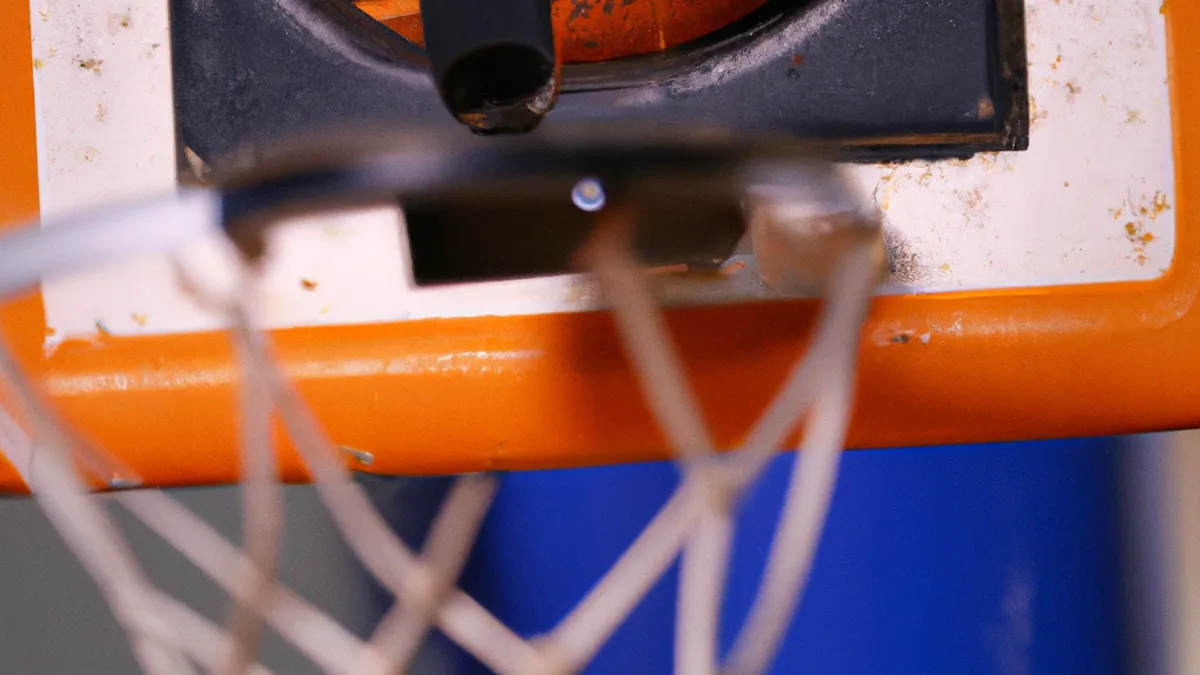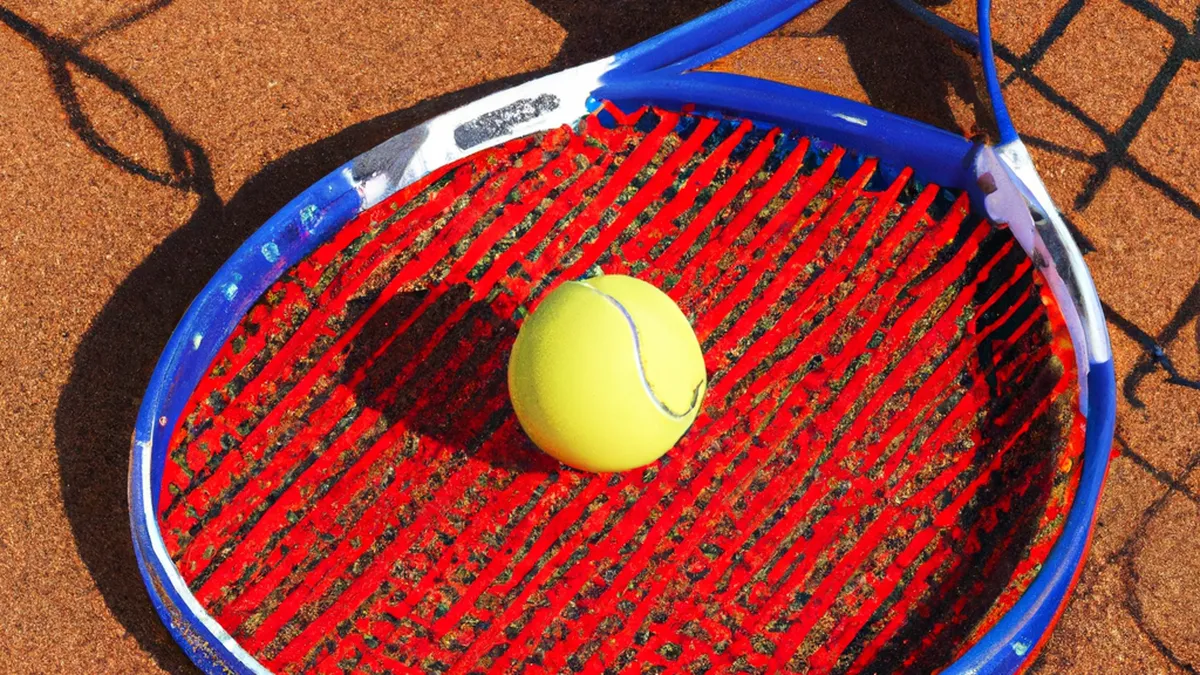Mechanics of a Perfect Jump Explained
Biomechanical Analysis of JumpsAthletes and coaches must understand jump biomechanics for improved performance. Jumps play a crucial role in basketball, volleyball, and track and field. Analyzing jumps biomechanically enhances performance, prevents injuries, and fosters athletic growth. This blog post explores key aspects of jump biomechanics, offering insights and tips for optimization.
What is Biomechanics?
Biomechanics studies the mechanical aspects of living organisms. It merges physics and biology to analyze human movement, focusing on forces, motion, and energy. In jumping, biomechanics reveals how the body generates force, transfers energy, and responds to gravity.Multiple factors influence an athlete’s jump, including takeoff angle, jump speed, body alignment, and physical conditioning. Each element significantly affects jump height and distance, making careful analysis essential.
Key Components of a Jump
As an Amazon Associate I earn from qualifying purchases.
Gear tip: consider basketball shoes, basketball, and indoor basketball to support this topic.
1. Takeoff Phase
The takeoff phase initiates the jump. Athletes generate upward force through their legs, crucial for achieving height. Stronger leg muscles and explosive push-offs result in higher jumps.To maximize takeoff, athletes must prioritize proper alignment and technique. A well-aligned body efficiently transfers energy from the ground. Practicing explosive plyometric movements trains the muscles used during takeoff. Optimal foot placement and full-body force generation enhance upward lift.
2. Flight Phase
After takeoff, athletes enter the flight phase. Gravity pulls the body downward during this phase. Flight duration depends on initial speed and jump angle.Athletes can adjust body position to maintain balance and control. Tucking the knees stabilizes the body in the air, while extending arms enhances stability. Proper body positioning during flight improves landing mechanics and performance outcomes.
3. Landing Phase
The landing phase is vital for performance and injury prevention. Athletes absorb impact forces upon landing, affecting joint health and safety. Poor landing mechanics can cause injuries, especially in knees and ankles.To land safely, athletes should bend their knees and hips upon impact. This technique disperses force throughout the body, reducing joint strain. A stable core maintains control during landing. Practicing landing techniques in a controlled environment builds muscle memory and shock absorption skills.
Conclusion
Understanding jump biomechanics leads to improved performance and injury prevention. Focus on takeoff, flight, and landing phases to optimize jumps.
Below are related products based on this post:
FAQ
What is biomechanics?
Biomechanics is the study of the mechanical aspects of living organisms, combining physics and biology to analyze human movement. It focuses on forces, motion, and energy, helping to understand how the body generates force and responds to gravity during activities like jumping.
What are the key components of a jump?
The key components of a jump include the takeoff phase, flight phase, and landing phase. Each phase plays a crucial role in determining jump height, distance, and overall performance, requiring careful analysis and technique to optimize results.
How can athletes improve their jumping performance?
Athletes can improve their jumping performance by focusing on proper alignment and technique during the takeoff phase, adjusting body position during flight, and practicing safe landing techniques. Training explosive plyometric movements and developing core stability also enhance overall jump mechanics and reduce injury risk.















Post Comment